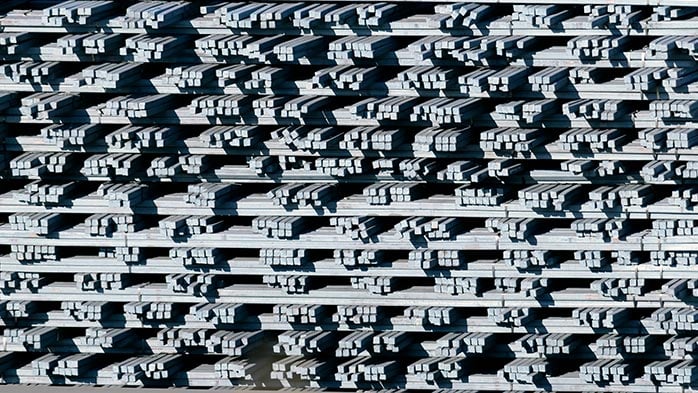As the global economy continues to electrify, transformer demand is expected to continue to grow. This will add demand, as well as supply chain risk to the materials used to construct transformers, such as aluminium and copper in windings as well as the electrical steels used in transformer cores.
Transformer demand to increase
Global transformer demand is expected to continue to grow until at least 2040. Electricity demand will continue to grow, and every watt of generated electricity will pass through multiple transformers from the generation source to the final consumer. This continuing growth has led to concerns regarding the availability of transformers, as well as the raw materials (primarily copper, aluminium and electrical steels) needed to produce them. Below is a summary of drivers of transformer demand and potential supply chain constraints, with a focus on North America.
There are three primary drivers for transformer demand – grid expansion, grid replacements/updates and new electrification. All three are fed by electrical generation. CRU’s forecast for North American electrical generation growth is shown in Figure 1 below.
Grid expansion is the first driver of transformer demand due to a combination of economic and population growth effects. Population growth will drive expansion of the electrical grid, which requires more transformers (as well as transmission cables). Economic growth will require not only a larger transmission grid but one with higher capacity as well. Both functions will require additional transformers. In addition, a great deal of the new generation capacity coming on-line will consist of renewable energy such as solar and wind, which tends to be more geographically distributed and will itself require additional transmission and transformer installations.
A great deal of the North American electric grid is relatively old, and replacement transformer demand is expected to grow, not just in numbers but also in capacity as household electrical demand continues to grow. Finally, electrification growth, driven by xEV charging demand as well as conversion from natural gas heating sources to electrical, will further drive additional transformer demand.
Aluminium, copper, and electrical steels are all critical materials for transformer production. A variety of trade and production restrictions, as well as potential substitution effects (such as amorphous steels for transformer cores) have added additional risk and complexity to the manufacturing supply chain.
CRU can help manage this risk through its deep knowledge of the metals and materials supply chain, including pricing, supply and demand information for copper and aluminium as well as wire and cable. CRU can also provide consulting services regarding these materials as well as more niche products such as electrical and amorphous steels. Our clients can trust CRU to provide timely and reliable information on developments in the transformers materials space. If you have any questions, please feel free to reach out.

















